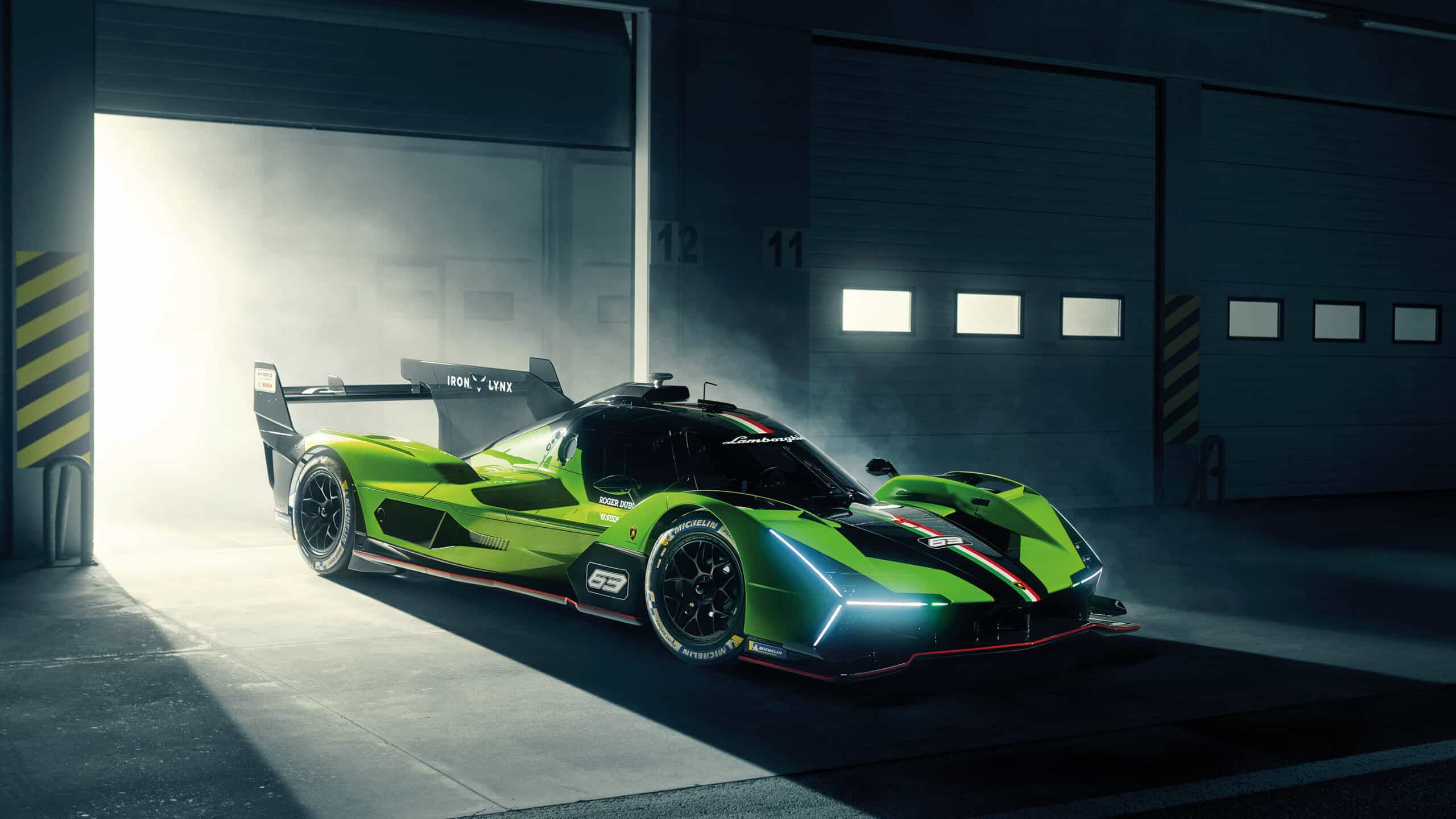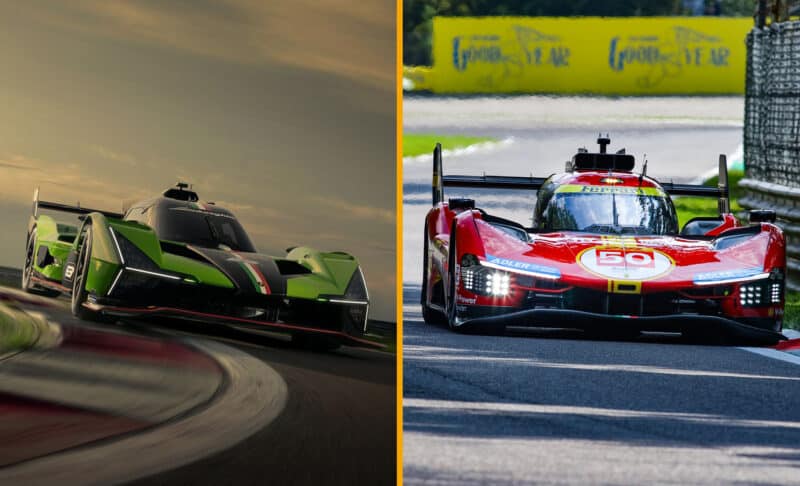It will be the first Lamborghini to compete for top honours in the endurance classics: a Balance of Performance system is designed to ensure that Hypercars and LMDh cars can both compete for overall victories in WEC.
Its Squadra Corse racing department has partnered with Iron Lynx, a team already racing Lamborghini Huracan GT3 Evo 2s in IMSA, where the two outfits are building their relationship in readiness for the cut and thrust of endurance racing’s hectic Hypercar era.
“We only considered the LMDh platform,” Lamborghini head of motorsport Giorgio Sanna says. Its tighter rules compared to the Hypercar category helps slash costs while placing the car on the grid in the US, the supercar firm’s largest global market. “LMDh is the right product in terms of technology, marketing and financial sustainability, which is fundamental for the future of motor sport, in my opinion. If companies ten times the size of us are committed to it, the philosophy must be good.” One presumes he’s alluding to LMDh rivals BMW and Porsche.
The SC63 uses a bespoke 3.8-litre twin-turbo V8 engine mated to out-of-the-box hybrid technology for a 670bhp peak delivered solely to its rear axle. The engine is all-new and may act as a precursor to a future road car powertrain, while this is the first LMDh contender to use a Ligier chassis. Over it all lies bodywork that incorporates styling from Lamborghini’s road cars.

There’ll be a car each in IMSA and WEC, with four of their six drivers confirmed: Mirko Bortolotti and Andrea Caldarelli step up from GT cars, while Daniil Kvyat and Romain Grosjean bring blockbuster names and hybrid expertise from Formula 1. The as yet unnamed pair have apparently signed but won’t be unveiled until later in the year.
“We’ve already seen a few top drivers in WEC who’ve successfully made the step up from GT3 to Hypercar,” says Sanna. “While Romain and Daniil bring a methodology of work from F1.”



